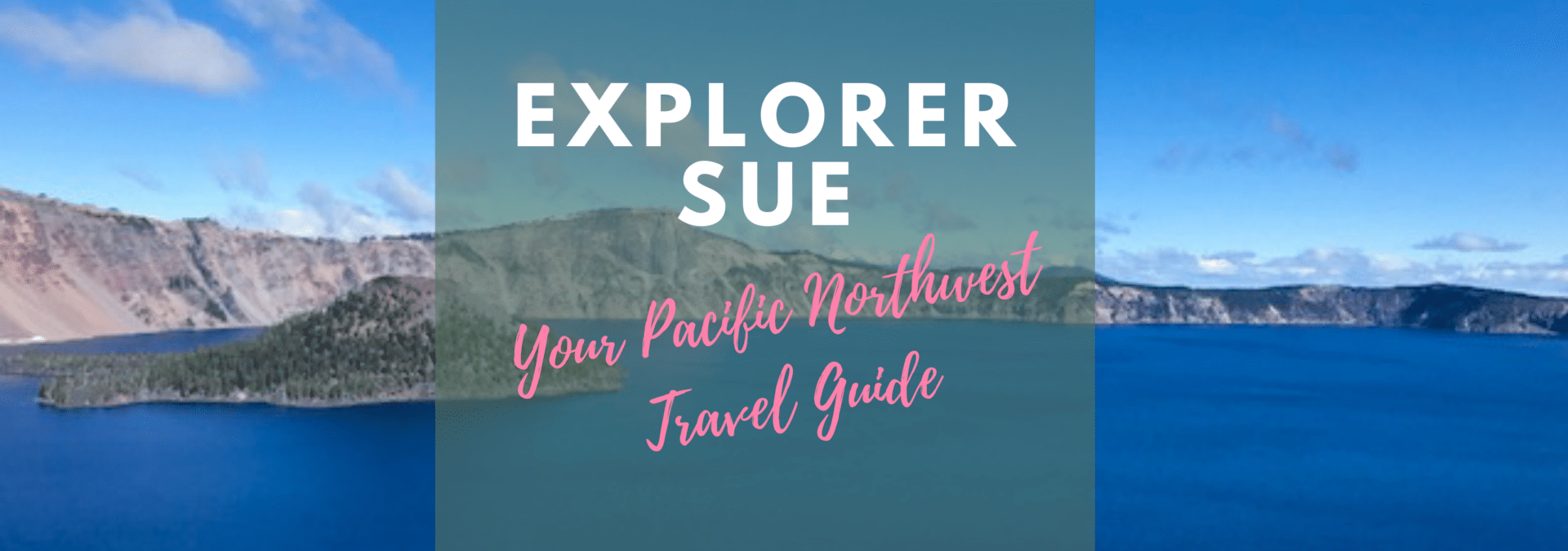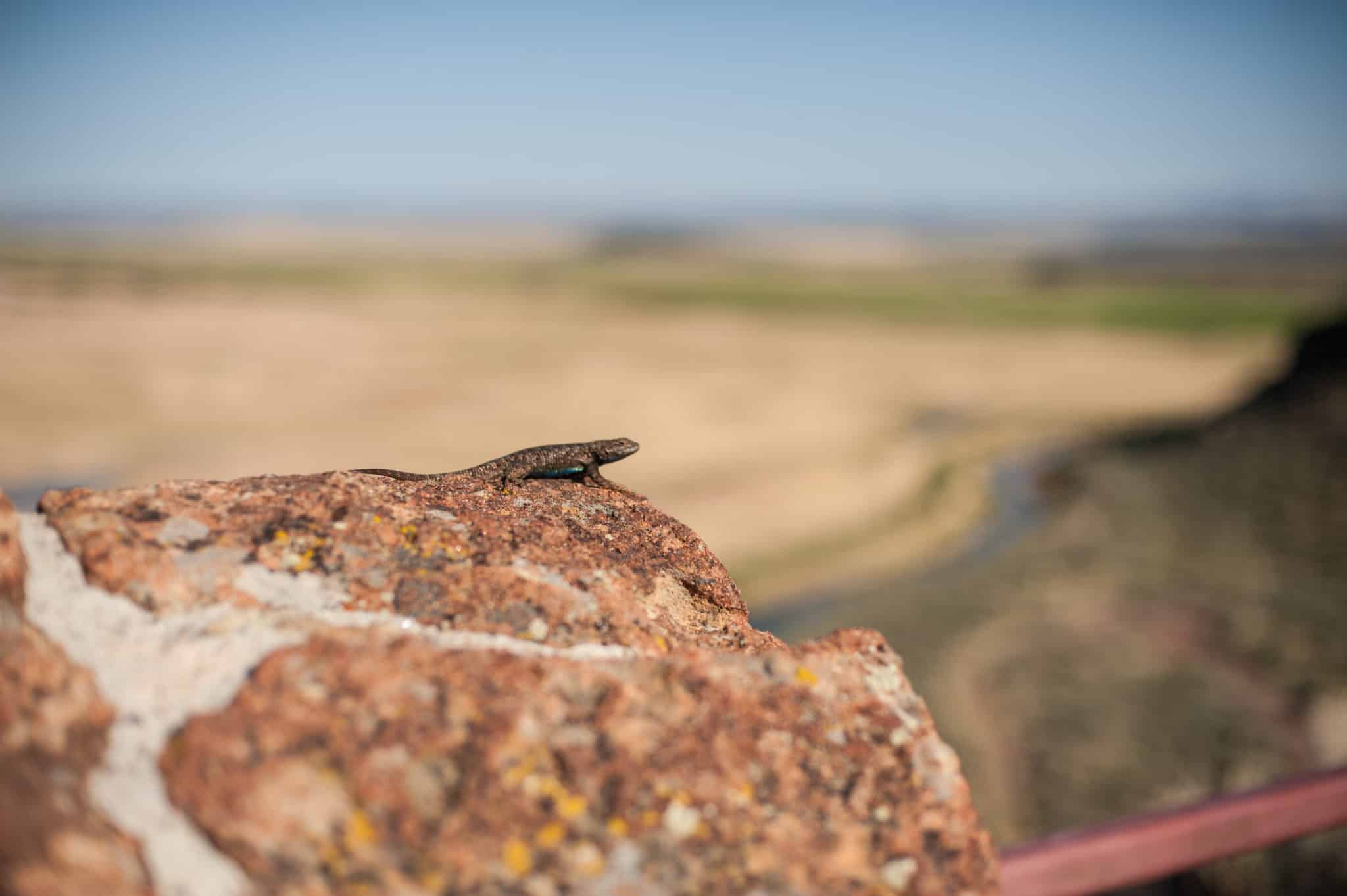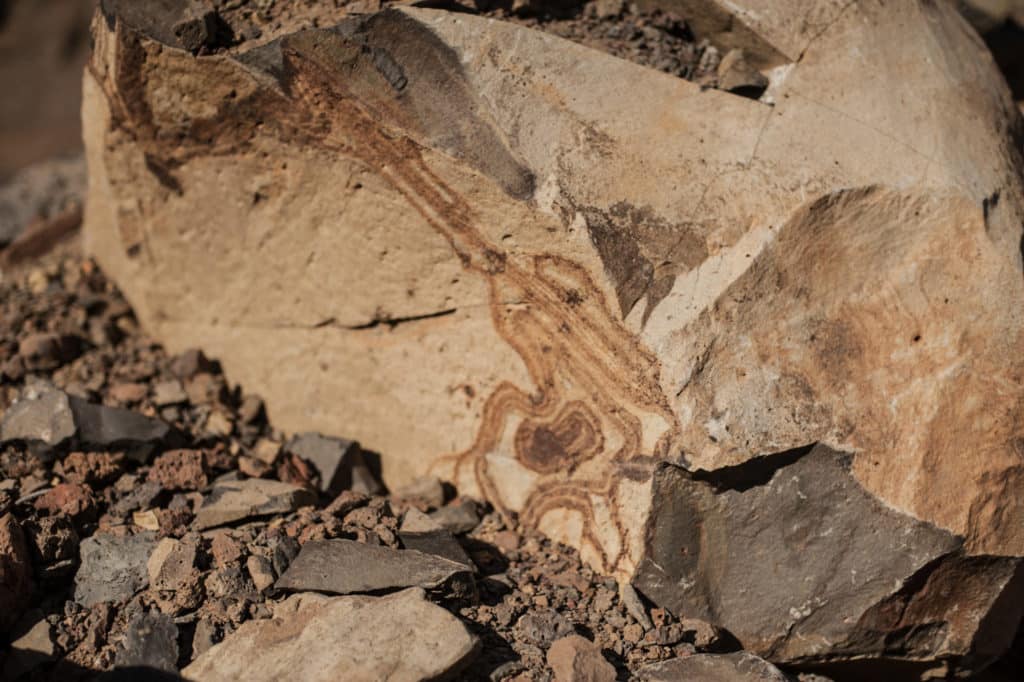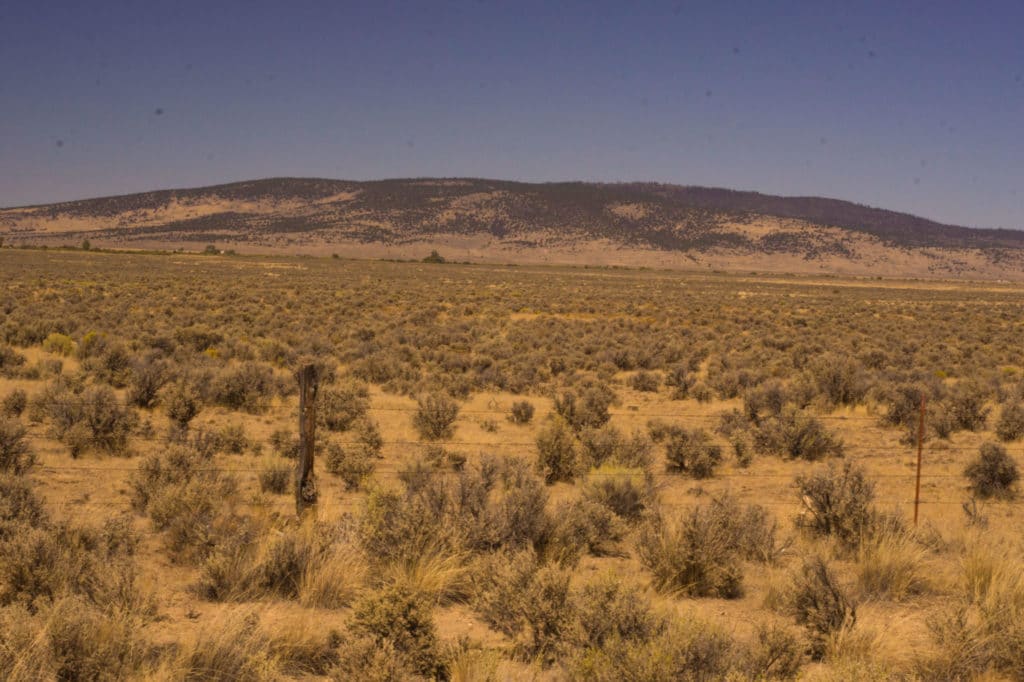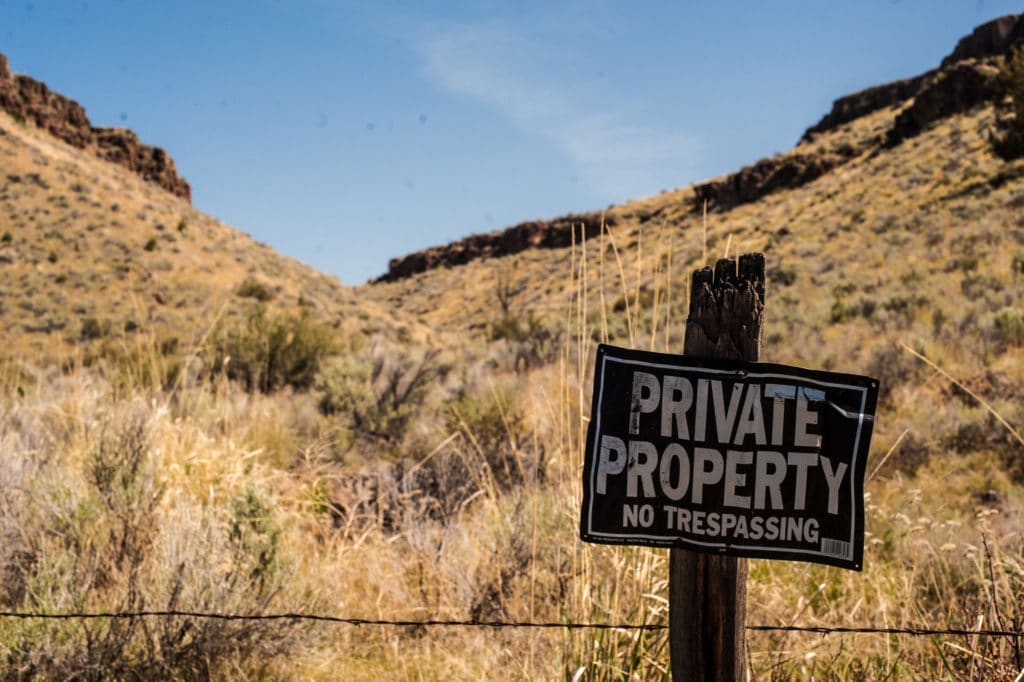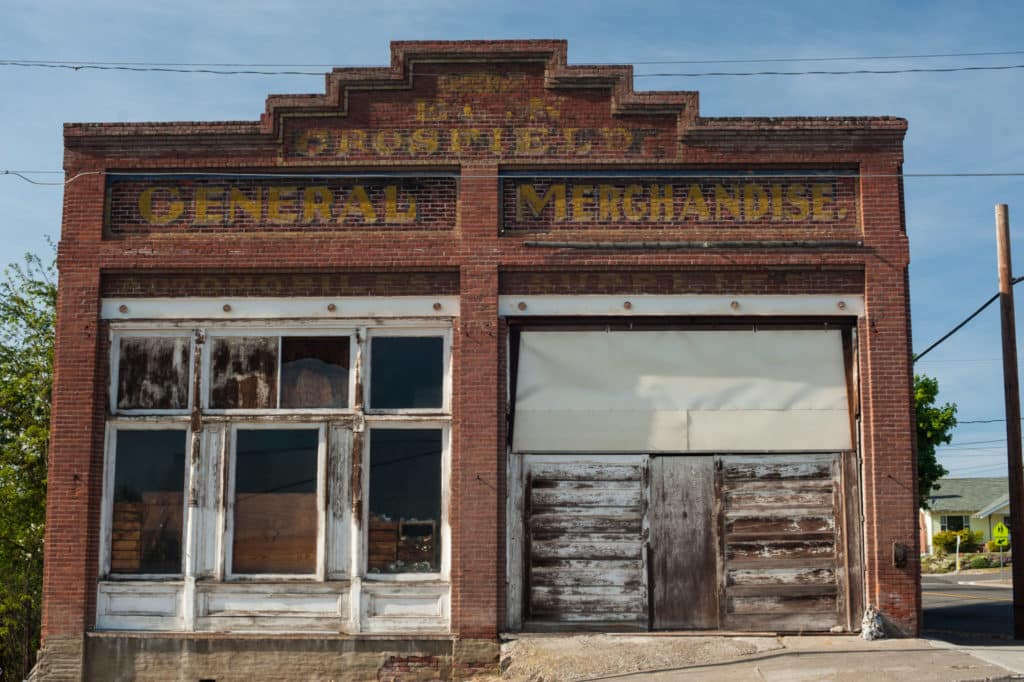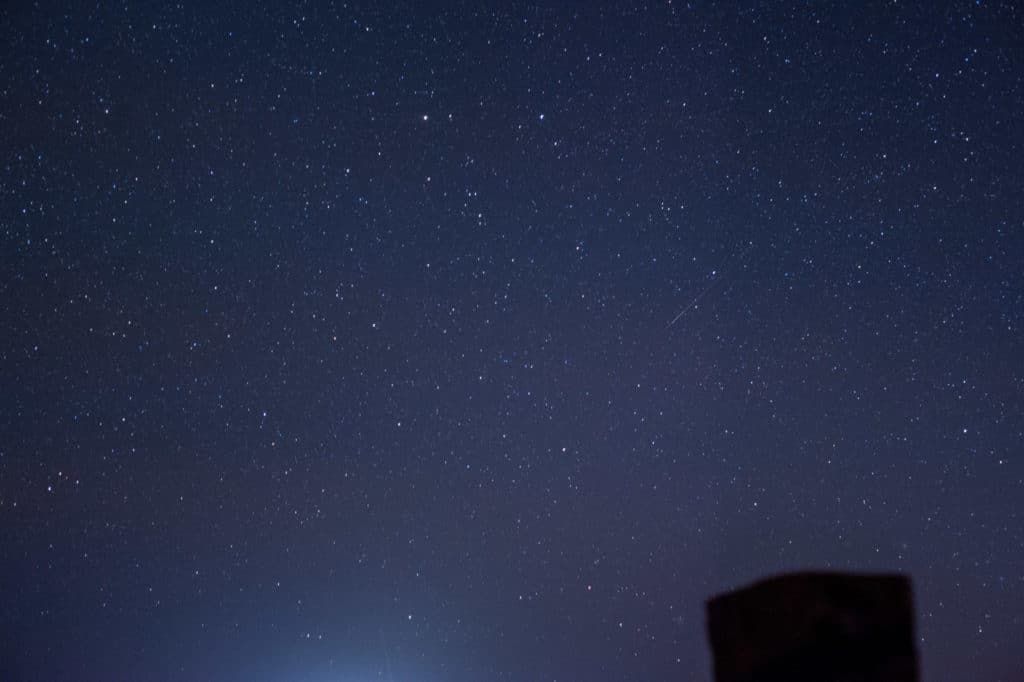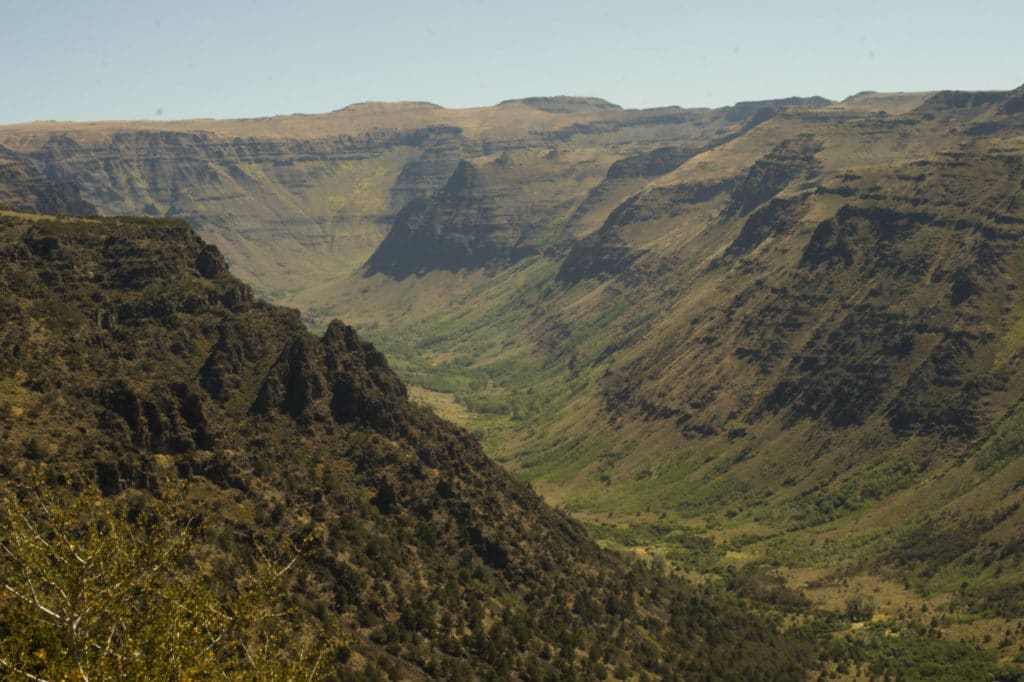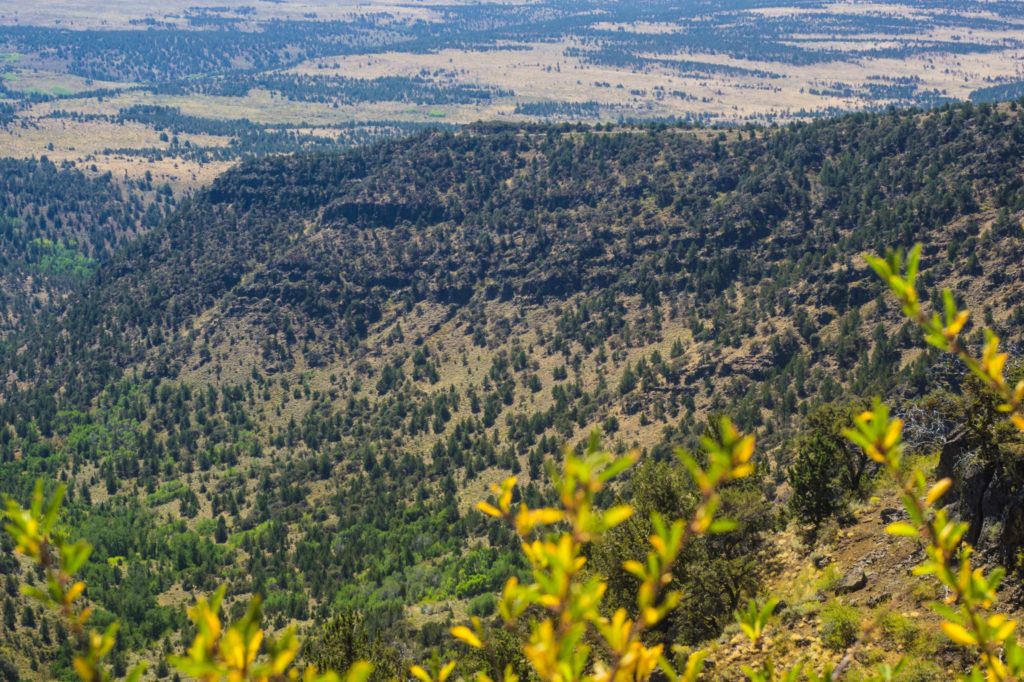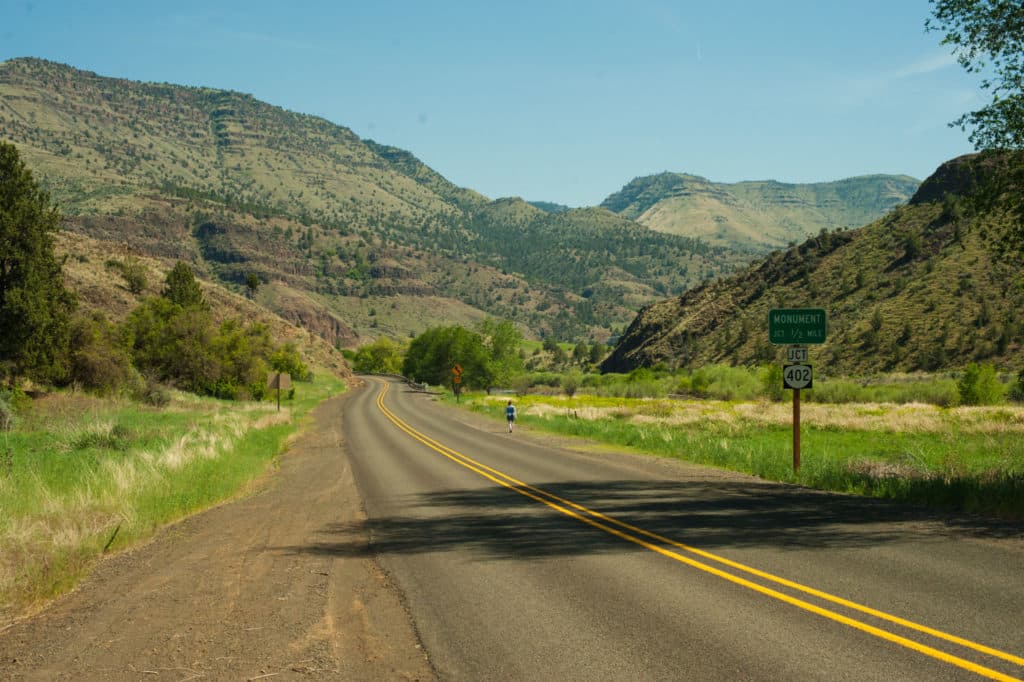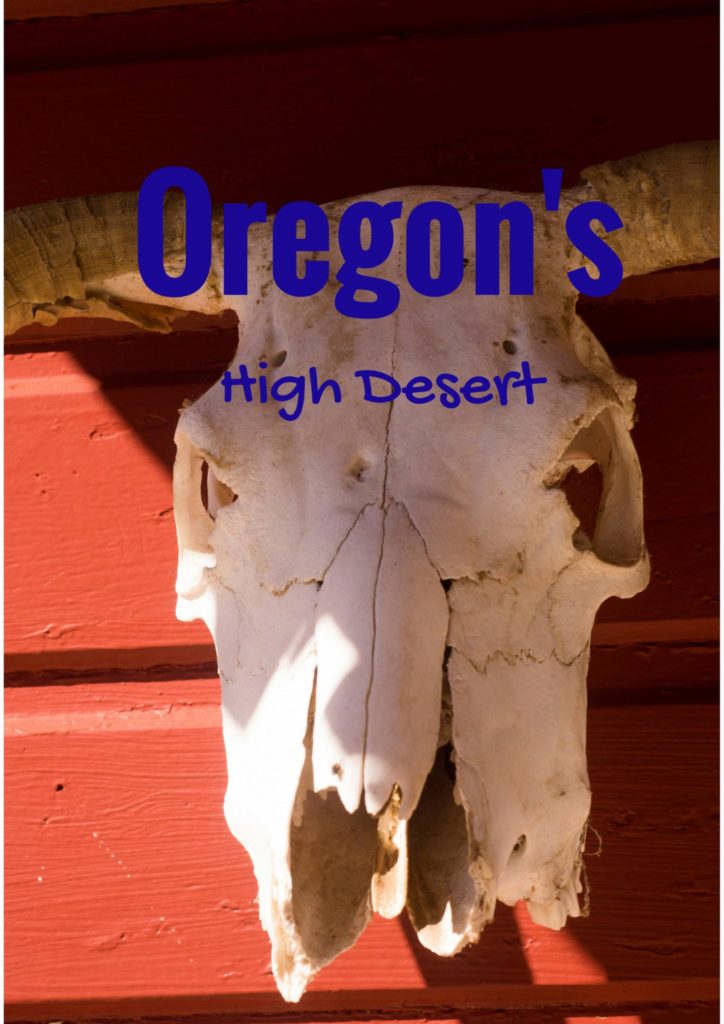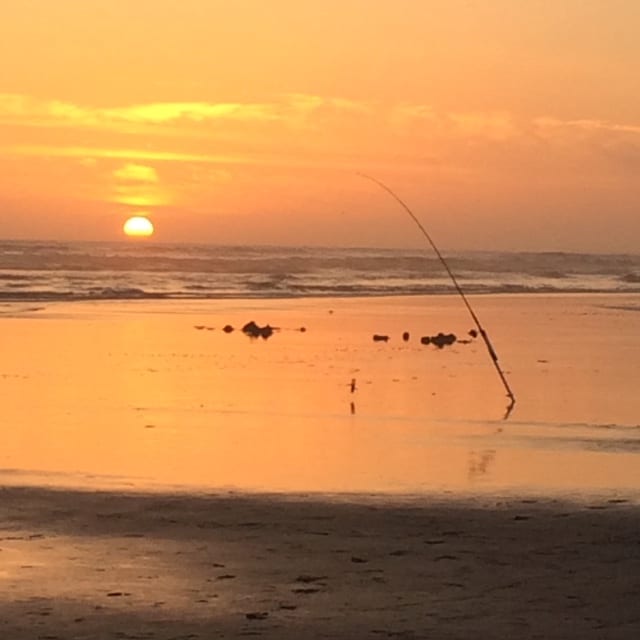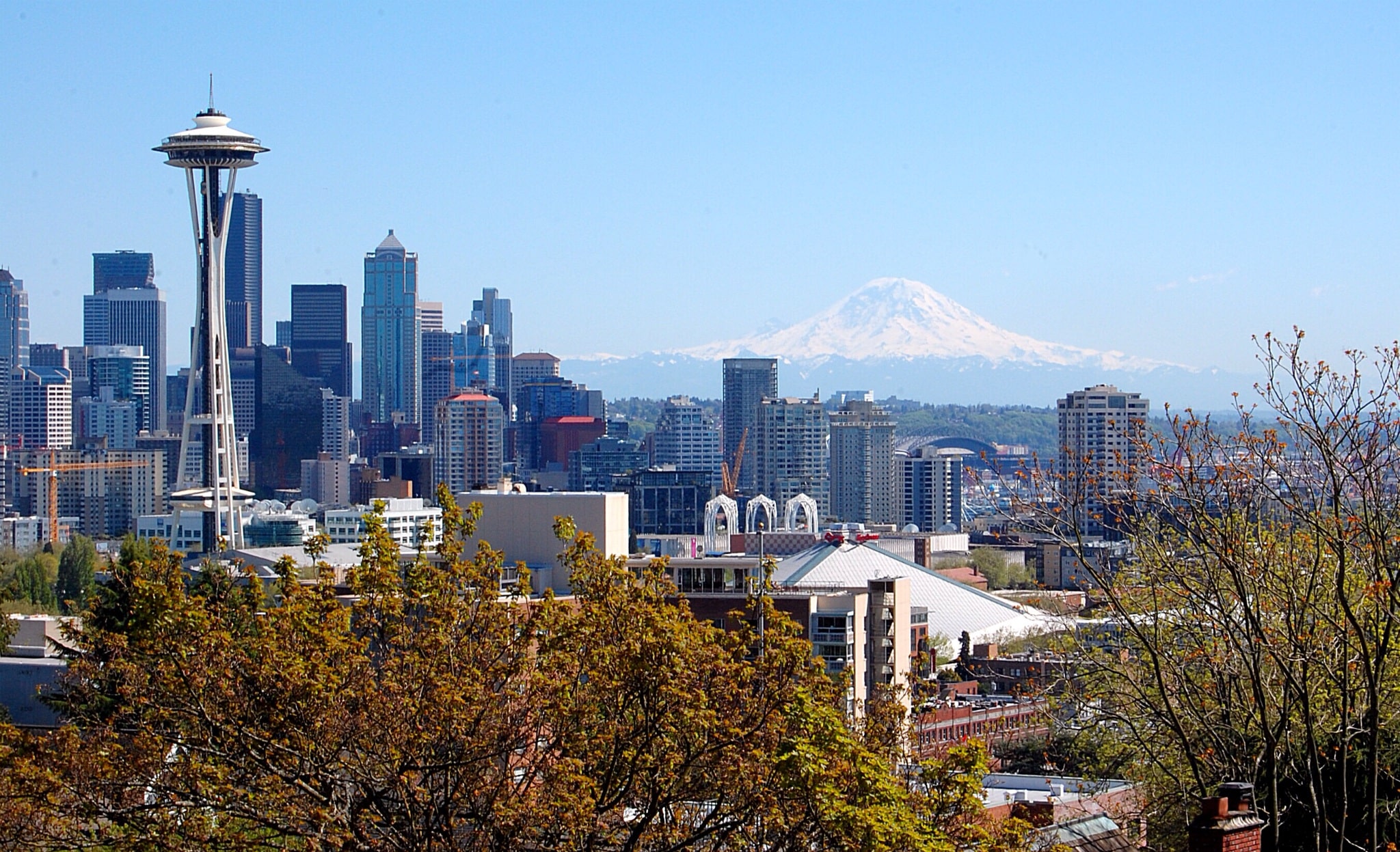When you think of a desert, what comes to mind?
As a child, my idea of a desert was something like the Sahara; endless miles of nothing but sand, as far as the eye could see. Where the sandy horizon contrasted sharply with an unforgiving hot blue sky, and the occasional ‘mirage’ appeared – imaginary pools of water far away, where when you approached it, the sun’s rays shimmered the life-saving pool into nothingness. Deserts, to me, were an exotic thing with camels and pyramids, only to be found far away, overseas.
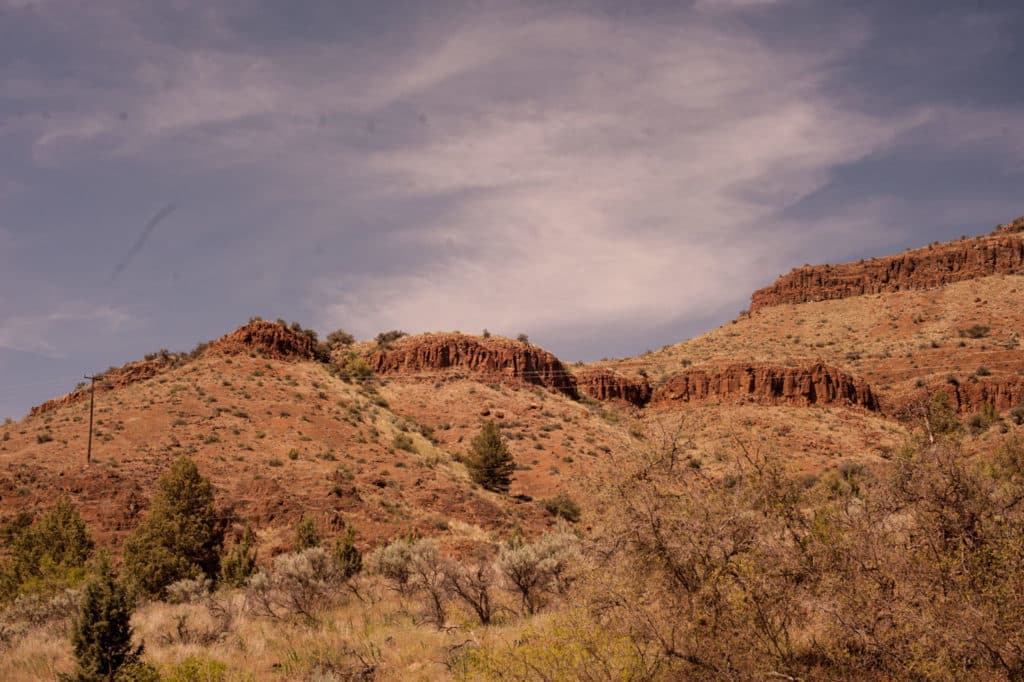
It wasn’t until I was much older that I came to realize that there are deserts in the U.S., and they are not necessarily seas of sand. The deserts of the western United States are unique ecosystems. They are not stark, bare and lifeless seas of sand. Quite the opposite. Deserts here hold a vast array of vegetation and wildlife. They offer huge swaths of brush land and gigantic rolling hills of immense beauty.
High Desert Country
The high desert of the Central Pacific Northwest runs from British Columbia all the way down through Oregon into California (and beyond). Central Washington holds jaw-dropping landscape courtesy of long ago melted glaciers and Central Oregon boasts the Painted Hills, the Malheur National Wildlife area, and the Steens Mountains.
I was on a mission to collect some desert flora and fauna for a Biology class, to take back with me to Portland. Heading east from the city of Bend on Highway 20, a 2 ½-hour drive will take you to the tiny town of Burns. The drive to Burns takes you through some serious ranch country. Longhorn steer meandering in expansive sagebrush-laden fields, where roadside services are few and far between. Make sure that tank is full when you leave Bend!
A hike along the brush takes you through all sorts of desert vegetation. Walk up to a sagebrush bush and rub your fingers snugly over the sagebrush. Put your fingers to your nose and breathe in the lovely aroma.
Spend the night in Burns, then go for a moonlit walk just outside of town. The night sky is so clear that you can practically reach out and touch the stars.
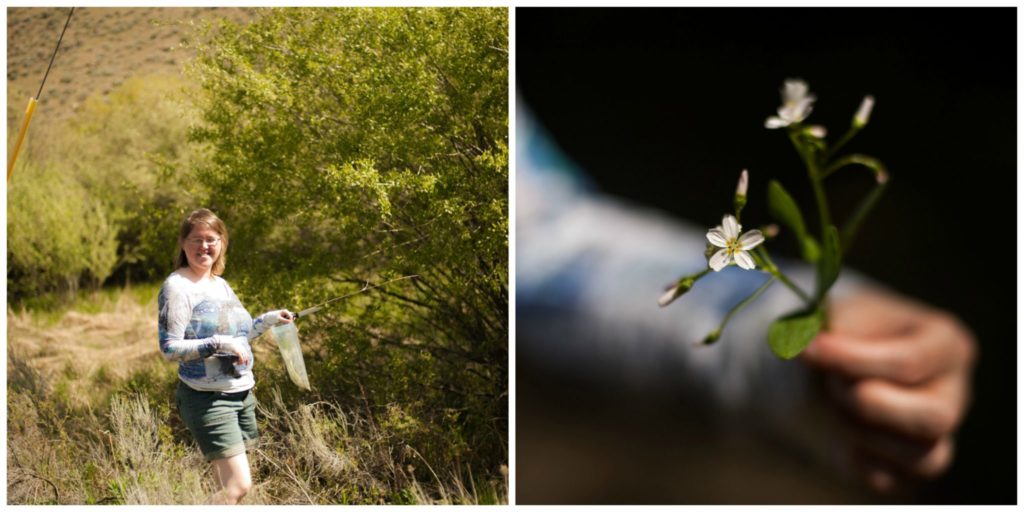
Another World
A few miles drive south of Burns is where the richness of the high desert comes to life. The Malheur National Wildlife Refuge is home to many species of birds, my favorite being the great blue heron. I will never forget driving over a section of marshland to see a great white pelican flying over the road shortly ahead of us. I was not aware that pelicans resided anywhere but near very large bodies of water. The refuge headquarters was the site where protesters took over back in the winter of 2015, to dispute the BLM’s handling of government property. As of this writing, the headquarters is still closed due to extensive property damage.
Further south is the great Steens Mountain range. This area is so remote that large parts of it are closed to the public in the winter. Hiking is plentiful, but again, remote, with very limited services. If you choose to hike and/or camp here, it’s strongly advised to bring plenty of water and other supplies that you may need, for you’re pretty much on your own out here.
Diamond Loop will take you up in elevation. However, the road is undeveloped, so driving a 4 x 4 or SUV is a good idea. At the highest point of the loop, get out of your car and walk up to the lookout point over a gigantic precipice. Look south and you can see Nevada! Towards the end of the loop, we came across a herd of wild horses.
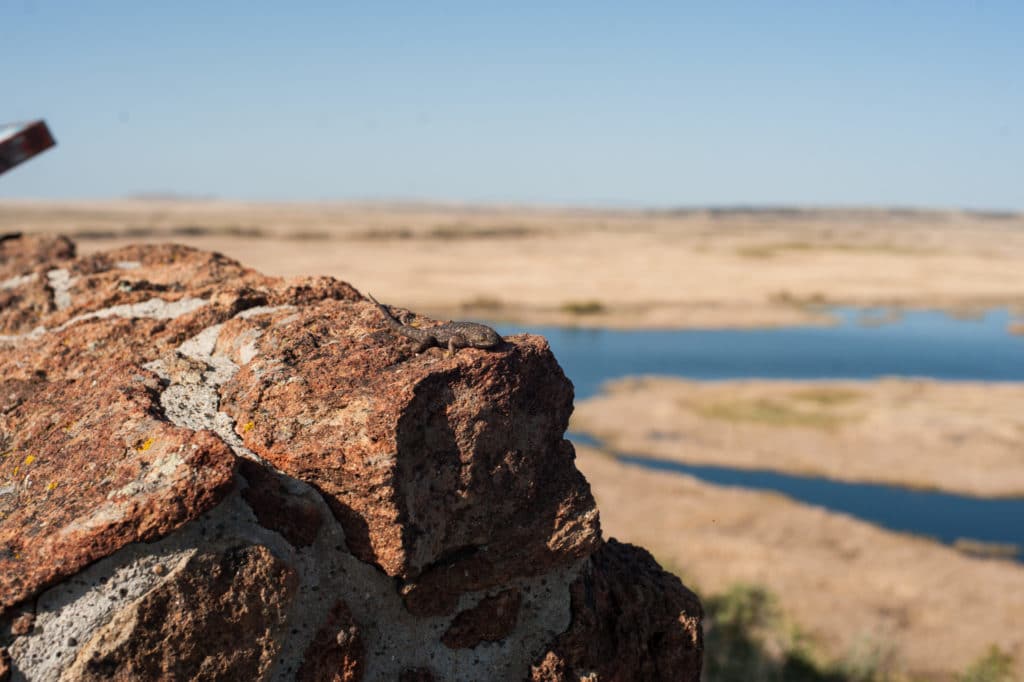
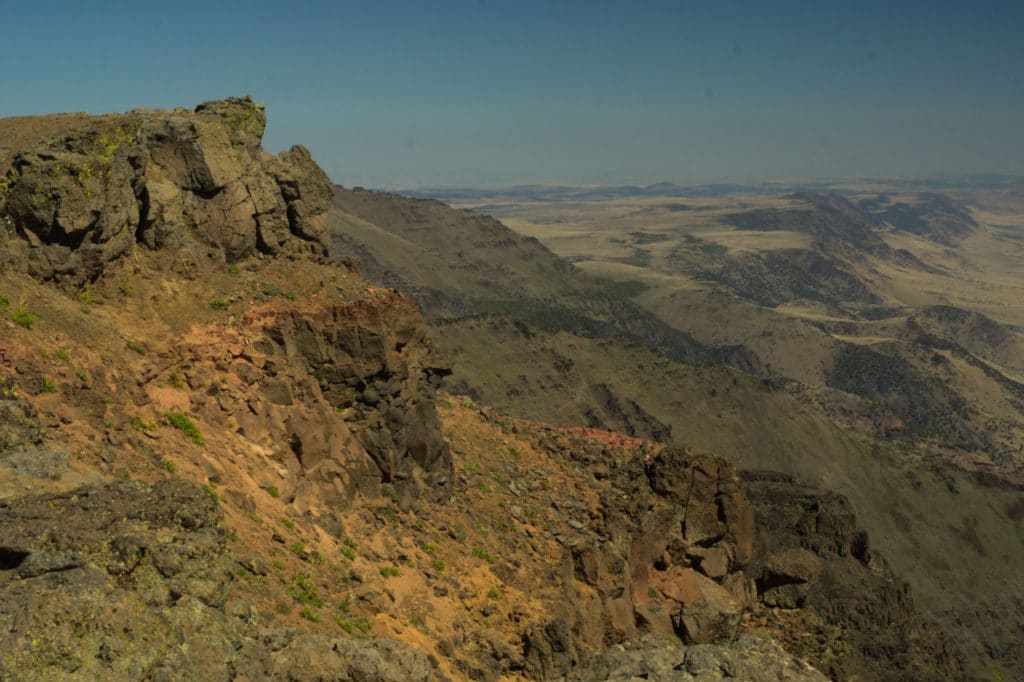
What To Do
Where To Stay
- Best Western, Hines, OR (just outside of Burns)
- Camping
